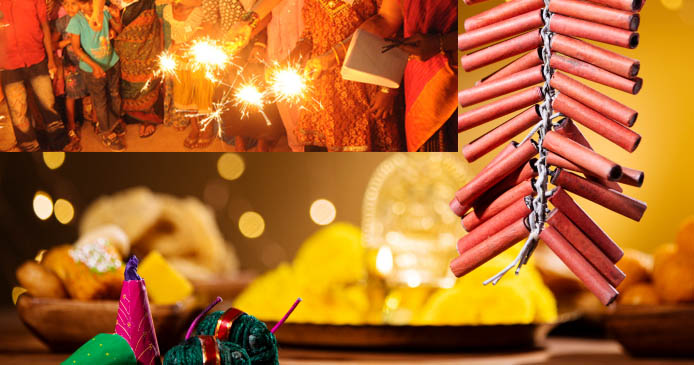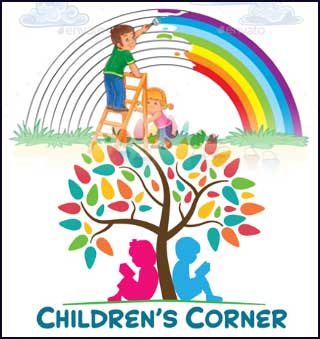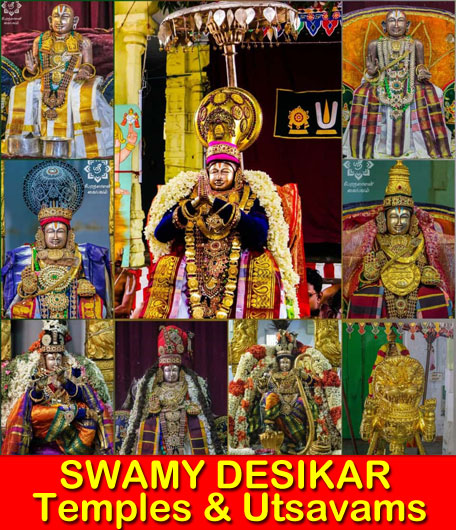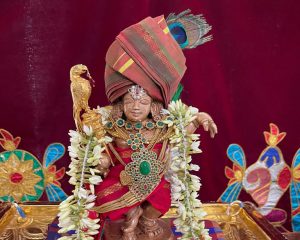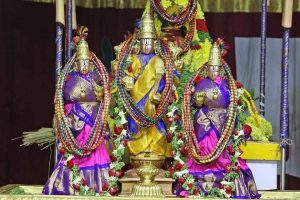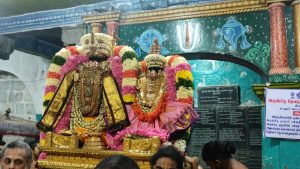Deepavali (festival of lights) signifies the victory of light over darkness. The well-known festival is celebrated differently in various parts of India. In South India the festival will be held a day earlier than of north and western India. In West Bengal and Orissa, ‘Kali Puja’ is celebrated on the day Deepavali is celebrated in South India. In other parts of our nation, it is called as ‘Diwali”. When the Hindu community indulges in joy over the coveted festival, the Jain community would focus on it by marking the attainment of moksha by ‘Lord Mahavira’. Likewise, the people belonging to the Sikh community would celebrate Deepavali in the name of ‘Bandi Chhor Divas’.
It is pertinent to note that without the existence of demon ‘Narakasaran’, and his confrontation with Lord Krishna, the prominent festival could not have taken place. The devotees celebrated his elimination with utmost joy and bubbling enthusiasm. Deepavali is treated as an official holiday in India, besides Nepal, Sri Lanka, Myanmar, Mauritius, Guayana, Trinidad and Tobaco, Suriname, Malaysia, Singapore and Fiji. Deepavali dates back to ancient times in India, as a festival after the summer harvest in the Hindu calendar month of ‘Kartika’. It is mentioned in Sanskrit scriptures ‘Padma Purana’ and ‘Skanda Purana’ that both completed in the second half of first millennium AD, but believed to have been expanded from a core text from an earlier era.
The diyas (lamps) are considered as men. Keeping the happy occasion in mind, the people buy new clothes for themselves and their families, as well as gifts, appliances, kitchen utensils, even expensive items such as cars and gold jewellery. There is a significant variation in regional practices and rituals. Depending on the region, prayers are offered before one or more deities, with most common being Lakshmi – the goddess of wealth and prosperity. For instance, on Deepavali night, fireworks light up the neighbourhood skies. Later, family members and their friends celebrate the night over food and sweets. The Yoga, Vedanta and Samkhya schools of Hindu philosophy share the belief that there is something beyond physical and mental strength, which is pure, infinite, and eternal, called the ‘Atman’.
The celebration of Deepavali also signifies the victory of good-samaritans over evil-doers. In the north and central regions, Lord ‘Krishna’ is focused during the festival. In other parts of India, ‘Govardhan Puja’ (Annakoot) is celebrated by offering 56 or 108 different delicious dishes to Krishna. Deepavali marks the start of a new Hindu year. Rituals and preparations for the festival would begin a few months in advance. The festial formally begins two days before the night and ends two days thereafter. In Andhra Pradesh, the festivities would be celebrated over two days in the name of ‘Naraka Chaturthasi’ and ‘Deepavali Amaavasya’.
Importantly, Deepavali begins in Konkan and Goa, marking ‘Naraka Chaturdashi’. Dhanteras starts off the five-day festival with renewed vigours. Starting days before and through Dhanteras, houses and business premises are cleaned, renovated and decorated. Women and children decorate entrances with ‘Rangoli’ and creative colourful floor designs both inside and in the walkways of their homes or offices. Dhanteras is a major shopping day for gold or silver articles. Merchants, traders and retailers stock up and keep articles on sale. Lakshmi Puaja is performed in the evening.Narak Chaturdasi is the second day of festivities, and is also called ‘Choti Deepavali’ (Small Deepavali).
Special bathing rituals, such as, fragrant oil-bath would be taken in some regions, followed by pujas. Women decorate their hands with henna designs. Families are also busy preparing home-made sweets. The third day is the main festive day. People wear new clothes, as the festival approaches. Then diyasare lit before offering pujas to Lakshmi and to one or more additional deities, depending on the region of India like Ganesha, Saraswati and Kubera. Small earthenware lamps filled with oil are lighted and placed in rows along the parapets of temples and houses.
A section of devotees set diyas adrift on rivers and streams. The relatives and friends would exchange gifts and sweets. The fireworks signify celebration of Deepavali, as a way to avoid evil spirits. The day after, Deepavali is celebrated as ‘Padwa’. The men offer gifts to their wives. In many regions, newly married women with their husbands are invited for special meals. Sometimes brothers go and pick up their sisters from their in-laws residences and celebrate the fabulous festival. Deepavali is also marked as a special day for the newly-married couple in the name of ‘Thala Deepavali’, (First Dipavali) in Tamil Nadu.
The day after the festival, devotees perform Goverdhan puja in honour of Krishna. Deepavali also marks the beginning of a new year, in some parts of India, where the ‘Hindu Vikram Samvat’ calendar is popular. Merchants and shopkeepers finalise their financial year, and begin a new one by seeking blessings from goddess Lakshmi and other deities on the occasion, The significance of Lakshmi can be gauged from the fact that ‘Muhurat Trading’, India’s biggest one, would be performed along with Deepavali celebration in Maharashtra. The last day of festival is called ‘Bhai Dooj’ (Brother’s second) or ‘Bhai Tika’ in Nepal, where it is the major festival. The people over there celebrate the sister-brother bonding, in a spirit, similar to ‘Raksha Bandhan’, but with different rituals.
K.V. Venugopal , Chennai


